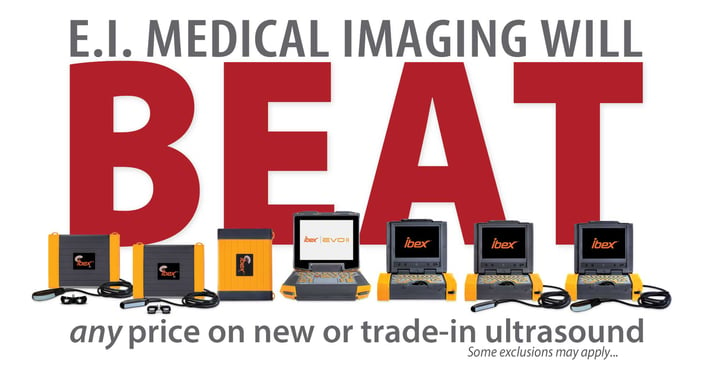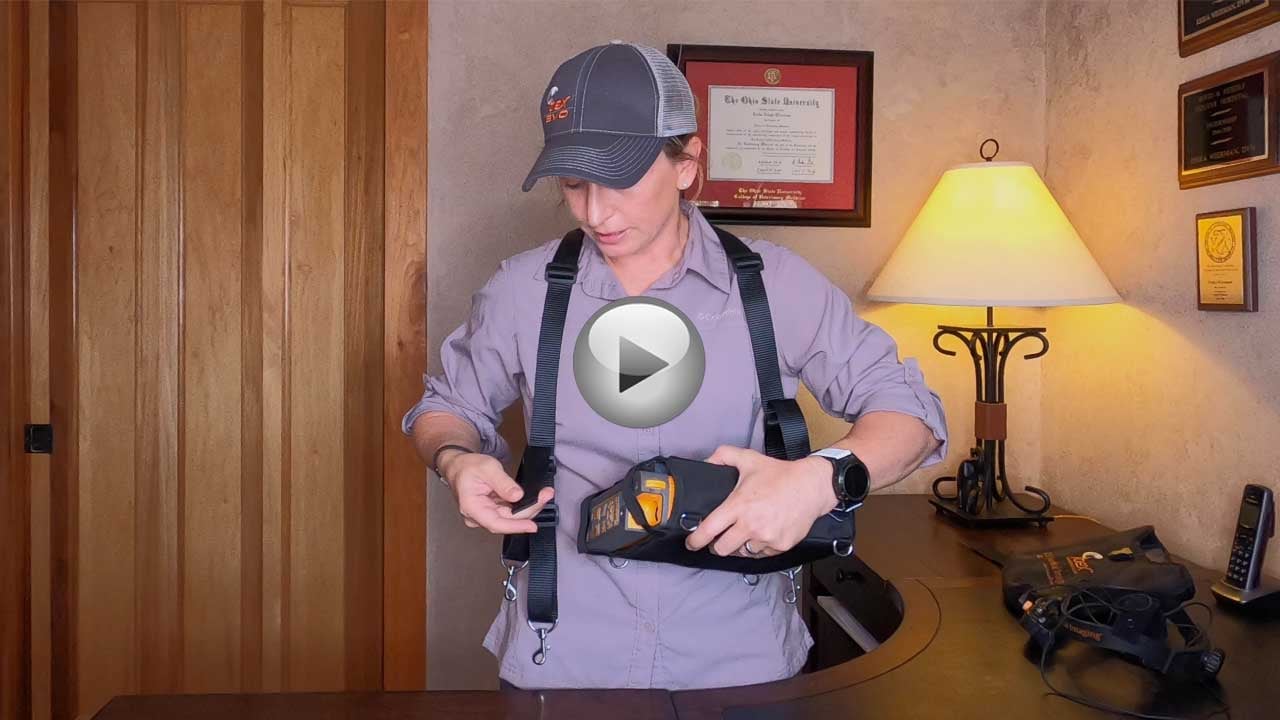The new IBEX LITE HR has everything that other LITE models do, but offers a flush-mounted monitor for image viewing in addition to an optional goggle headset. In this video, Dr. Wierman illustrates the versatile nature of the HR by showing you a couple different ways to wear it.
How To Wear The IBEX LITE HR Ultrasound
By Erika Wierman, DVM on Thu, Oct 28, 2021 @ 09:31 AM
High-resolution Transrectal Transducers for Equine Repro
By Erika Wierman, DVM on Tue, Feb 02, 2021 @ 09:02 AM
With the breeding season upon us once again, could it be time to reconsider the status quo with regard to transrectal ultrasound transducers?
Do You Need Ultrasound In Your Practice?
By E.I. Medical Imaging on Wed, Dec 18, 2019 @ 08:49 AM

While this is the best time of the year to get great deals on veterinary ultrasound, some of you may still be on the fence...do I need it? What uses would it have in my practice? I'm not certified—how can I use it? Will it help my bottom line?
Trade-In to Trade-Up [Equine]
By Chas Maloy on Tue, Apr 16, 2019 @ 10:17 AM
It's that time—time to trade-in to trade-up to the latest ultrasound technology for equine reproduction.
Trade in any manufacturer's ultrasound to earn $3000 or more toward purchase. Watch the video to learn more...
Click here to get more information on trading-in to trade-up for equine reproduction, or call us at 1.866.365.6596. To download details on upgrade options, click here.
How Does Ultrasound Work?
By Erika Wierman, DVM on Tue, Dec 11, 2018 @ 02:58 PM
If you’re new to ultrasound, an image may look like nothing more than a swirling array of grey tones on the screen. Interpretation requires an understanding of anatomy and physiology, but also of how ultrasound technology functions.
Consider the sonar produced by a bat in flight. The bat emits high frequency sounds, which then bounce off of objects in its proximity and return to the bat. The animal uses the strength, direction, and timing of the returning sound to determine where those objects are and to avoid a collision.












